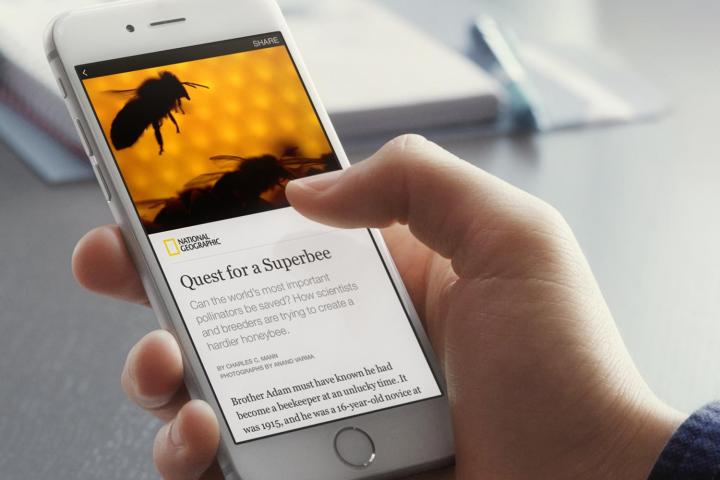
The update marks the fourth time Facebook has disclosed errors in regards to its analytics reporting since September. And, despite promising more third-party verification and transparency, the errors have persisted.
The latest miscalculation saw Facebook underreport iPhone traffic for Instant Articles from
“We have fixed the issue and are working with comScore to produce updated estimates for the relevant time periods for the small group of partners affected. We have reached out to affected publishers,” writes the company in its announcement.
For those unfamiliar with Instant Articles, the publishing feature offers fast-loading mobile pages that preload within Facebook. The social network also allows content providers to sell ads within their stories.
This time last month, Facebook revealed its first Instant Articles blunder, when it reported it had been overestimating the amount of time people had been viewing articles by up to 7-8 percent since August 2015.
Although Facebook hasn’t commented on the extent of the error, The Wall Street Journal is citing an anonymous source that claims the undercounting of traffic could have been as high as 10-20 percent — and even 30 percent for one particular, unidentified site. The source claimed the discrepancy has affected some of the biggest publishers currently on Instant Articles, including The Washington Post, BuzzFeed, Foreign Policy, and Variety, among others.
Editors' Recommendations
- Facebook reveals the cause of Monday’s global outage
- Facebook bug caused valid coronavirus articles to be marked as spam
- Facebook will move Instant Games to main app, further simplifying Messenger


